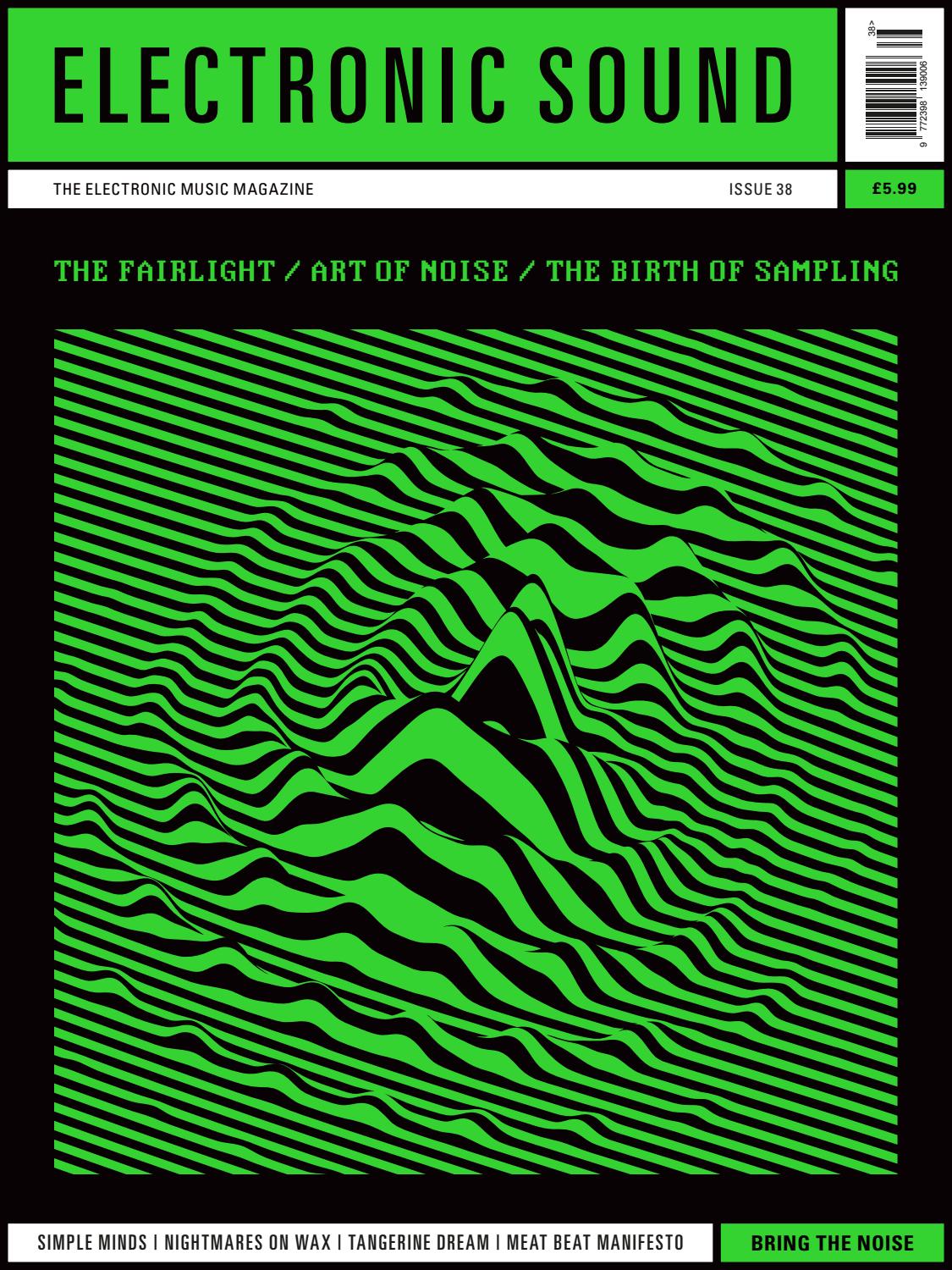Electronic Dance Music (EDM) and classical music are two genres that differ greatly in their origins, musical structures, and audience. Classical music has centuries of history rooted in a Western art tradition, while EDM emerged in the 1980s and originated in underground clubs and parties. The musical structures of classical music are complex and sophisticated, while EDM is characterized by its repetitive beats and sudden changes in rhythm and melody. Classical music is typically performed in concert halls and attended by a more mature audience, while EDM is associated with youth culture and dance parties. Despite their differences, both genres have the power to bring people together and evoke emotions.
Introduction
Music is a universal language that has the power to evoke emotions and bring people together. However, different genres of music can vary greatly and cater to different preferences. Two genres that contrast in almost every way possible are Electronic Dance Music (EDM) and classical music. Although both genres aim to entertain and stimulate the listener, they differ in their origins, musical structures, and audience.
Origins
Classical music has been around for centuries and is rooted in a Western art tradition. It consists of compositions by famous composers such as Bach, Beethoven, and Mozart, among many others. The music is usually played using traditional instruments such as the violin, piano, and cello.
On the other hand, EDM is a relatively new genre that emerged in the 1980s. It originated in underground clubs and parties and was influenced by different musical styles such as disco, funk, and soul. EDM is typically produced using electronic equipment such as synthesizers and drum machines.
Musical Structures
Classical music is known for its complex and sophisticated structures. It is composed of several movements, each with its own unique melody and rhythm. The music follows specific rules of harmony and has a defined form such as a sonata or symphony.
EDM, on the other hand, is characterized by its repetitive and steady beats. The music is created using loops and samples that are repeated throughout the song. It is also known for its use of drops, which are sudden changes in the song’s rhythm and melody.
Audience
Classical music has long been associated with high society and intellectualism. It is typically performed in concert halls and attended by a more mature audience. Classical music enthusiasts appreciate the technical proficiency of the musicians and the complexity of the compositions.
EDM, on the other hand, is associated with youth culture and dance parties. It is typically played in nightclubs and attended by a younger, more energetic crowd. Fans of EDM appreciate the energy and excitement of the music and its ability to make them dance and let loose.
Conclusion
Although both EDM and classical music aim to stimulate the listener, they differ greatly in their origins, musical structures, and audience. Classical music is known for its complexity and sophistication, played using traditional instruments and appreciated by an older, more cultured audience. EDM, on the other hand, is a relatively new genre characterized by repetitive beats, electronic equipment, and enjoyed by a younger, energetic crowd. Despite their differences, both genres have the power to bring people together and create a sense of community through music.
